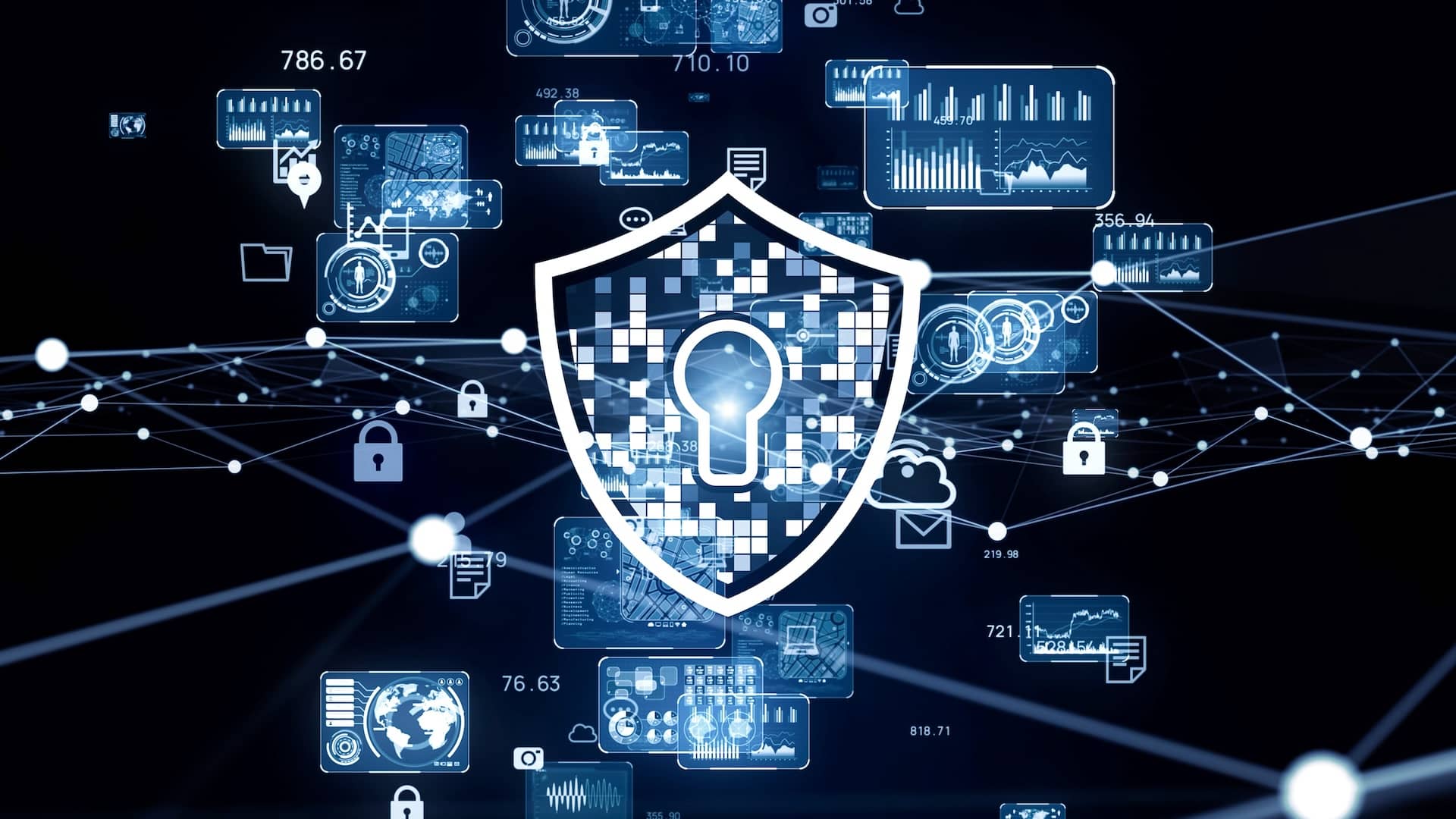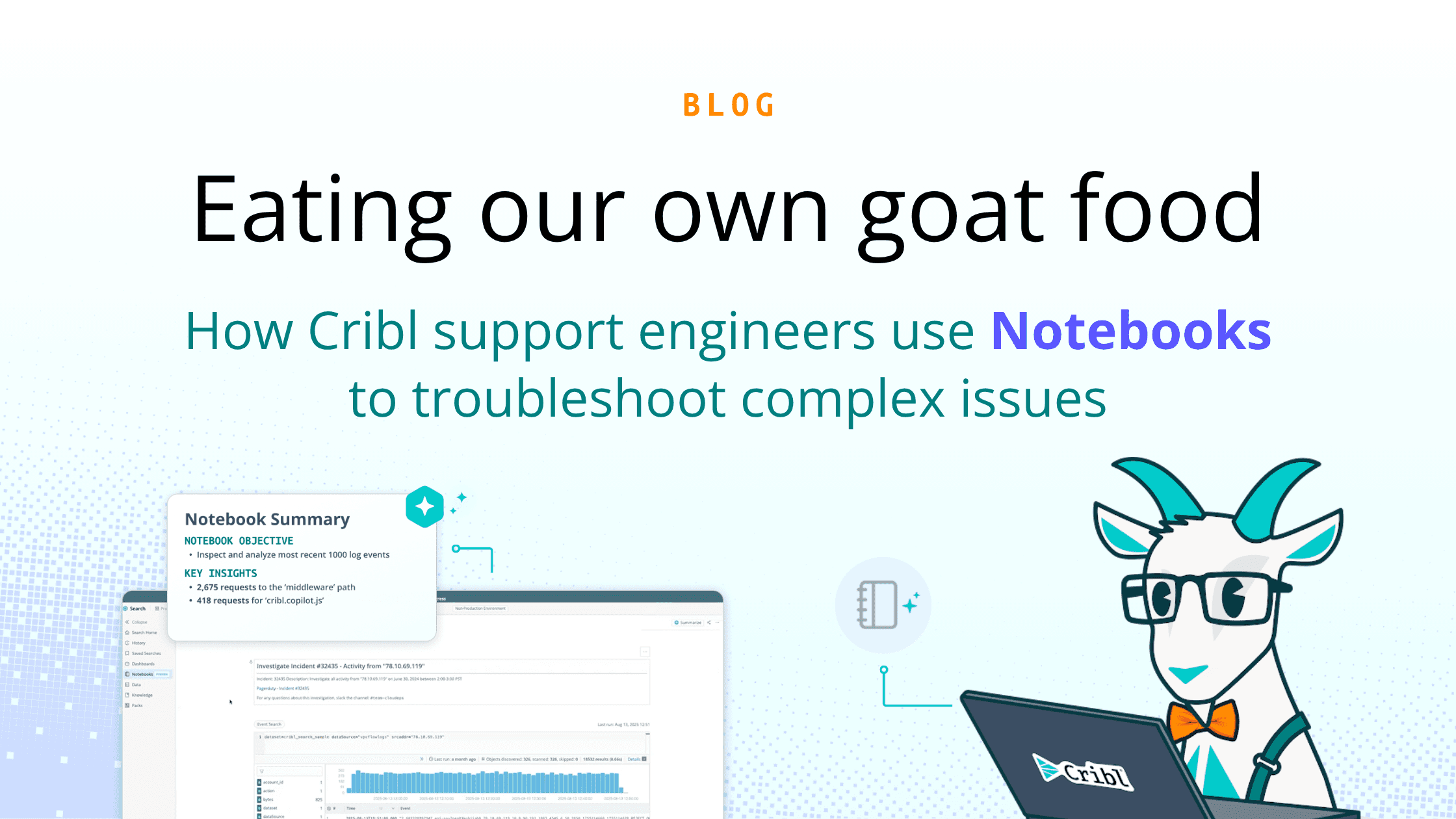In an era where cybersecurity threats are not just frequent but increasingly sophisticated (and becoming more costly), the need for robust defense mechanisms has never been more critical. Security Information and Event Management (SIEM) emerges as a cornerstone in this complex data environment. It’s not just another tool in your cybersecurity toolkit; it’s a solution designed to elevate your organization’s security posture. From real-time threat detection to compliance management, SIEM is the game-changer that could redefine how you approach cybersecurity. Let’s look at some robust SIEM implementation strategies, from the planning phase to post-deployment reviews to help improve your security posture.
4 Steps to SIEM Implementation
You’ve heard it said: “Failing to plan is planning to fail.” In the world of cybersecurity, this phrase holds more weight than ever. Implementing SIEM is not a walk in the park; it’s a calculated, strategic move that demands meticulous planning and ongoing monitoring by your team.
We’ll break down the journey into easy-to-follow SIEM implementation steps, ensuring your SIEM implementation not only meets but exceeds expectations while staying on budget.
Step 1: Assessment and Planning
Before you even think about clicking that “Install” button, take a step back. What are your organization’s unique needs? Are you looking to improve real-time threat detection, streamline compliance management, or perhaps both? Identifying these needs is the cornerstone of your SIEM journey.
Start by conducting a comprehensive risk assessment. Map out your organization’s digital assets, identify potential vulnerabilities, and understand the regulatory landscape specific to your industry. Once you’ve laid this groundwork, set clear, achievable objectives. Whether it’s reducing incident response times or improving compliance scores, having well-defined goals will serve as your North Star throughout the implementation process.
Step 2: Configuration and Tuning
Now, let’s get technical. Configuration and tuning are where the rubber meets the road. A poorly configured SIEM system is like a Formula 1 car with flat tires—it’s not going anywhere fast.
Begin by customizing your SIEM solution to fit your environment. This involves setting up custom rules, alerts, and dashboards tailored to your organization’s specific needs. Remember, one size doesn’t fit all. Your SIEM system should be as unique as your organization’s security requirements.
Combatting alert fatigue is another critical aspect. Too many false positives can overwhelm your security team, leading to missed genuine threats. Fine-tune your alert settings to ensure that only the most pertinent security events trigger an alert.
Step 3: Integration and Deployment
You’ve planned, you’ve configured, now it’s time to deploy. But wait, SIEM doesn’t exist in a vacuum. It needs to play well with your existing security tools, be it intrusion detection systems or endpoint protection software.
Integration is the name of the game here. Ensure that your SIEM system can seamlessly collect data from various sources across your network. This is also the stage where you’ll want to conduct a pilot run. Test the system on a smaller subset of your network to identify any hiccups before going full-scale.
Once you’re confident that the SIEM system is fully integrated and functional, pull the trigger. Deploy it across your organization and brace yourself for a new era of cybersecurity management.
Step 4: Continuous Monitoring and Improvement
Congratulations, your SIEM system is up and running. Time to sit back and relax, right? Wrong. The world of cybersecurity is ever-evolving, and your SIEM system needs to keep pace.
Continuous monitoring is not just a best practice; it’s a necessity. Regularly review your security logs, threat data, and incident reports to identify patterns or anomalies. Adapt your SIEM settings to new types of threats as they emerge. Remember, a static SIEM system is a vulnerable one.
Moreover, invest in ongoing training for your security team. As your SIEM system evolves, so should your team’s expertise. Keep them updated on the latest threat vectors, compliance requirements, and best practices in SIEM management.
SIEM Implementation Best Practices
So, you’ve got the basics of SIEM implementation down. But let’s not stop there. The devil, as they say, is in the details.
And when it comes to SIEM, those details can make or break your cybersecurity posture. Next we’ll delve into the best practices that can elevate your SIEM implementation from good to great.
Define the Scope
First things first, let’s talk scope. What’s the breadth and depth of your SIEM implementation? Are you focusing solely on compliance, or are you aiming for a more comprehensive threat detection mechanism?
Defining the scope is like setting the boundaries of your playing field. Know where the goalposts are, and you’ll have a better shot at scoring.
Define Key Data Sources
Data is the lifeblood of any SIEM system. However, not all data is created equal. Identify the key data sources that will feed into your SIEM solution.
This could range from network devices to security tools. The more diverse and comprehensive your data sources, the richer the insights you can glean.
Develop an Implementation Plan
You wouldn’t go on a road trip without a map, would you? The same logic applies to SIEM implementation. Develop a detailed plan that outlines each step, from initial assessment to ongoing monitoring. This plan will serve as your roadmap, guiding you through the complexities of SIEM deployment.
Conduct a Pilot Run
Before you go full throttle, take your SIEM system for a test drive. Conduct a pilot run on a subset of your network to identify any bottlenecks, integration issues, or false positives. This is your chance to fine-tune the system before it goes live.
Evaluate and Adjust
Once the pilot run is complete, it’s time for some introspection. Evaluate the results, identify gaps, and make the necessary adjustments. This iterative process is crucial for a successful SIEM implementation.
Identify and Classify Your Digital Assets
Know your terrain. Identify and classify all your digital assets based on their criticality and vulnerability. This will help you prioritize your security efforts and allocate resources more effectively.
Detect Potential Incidents and Threats in the SIEM implementation Process
Your SIEM system is not just a passive observer; it’s an active participant in your cybersecurity strategy. Set up correlation rules to detect potential incidents and threats. The sooner you detect, the quicker you can respond.
Test Run Various Scenarios
Don’t wait for a real threat to test your SIEM system. Run various simulated scenarios to see how your system reacts. This will give you invaluable insights into its efficacy and help you make data-driven adjustments.
Review Data and Combat Alert Fatigue with Proper SIEM implementation
Last but not least, regularly review the data collected by your SIEM system. And let’s not forget about alert fatigue. Fine-tune your alert settings to ensure that your security team is not overwhelmed by false positives, which could lead to genuine threats slipping through the cracks.
If you are planning on migrating to a new system, this SIEM migration article is a must-read.
Common Pitfalls to Avoid with a SIEM Implementation
You’ve got your instructions for SIEM implementation (hopefully), your tools, and your enthusiasm. But let’s be real—there’s always that one screw you forget to tighten, and before you know it, the whole thing wobbles.
SIEM is no different. It’s a complex endeavor fraught with potential pitfalls. So, let’s talk about the common traps people fall into and how to sidestep them like a pro.
Jumping in Without a Plan
You wouldn’t go on a cross-country road trip without a map, would you? The same logic applies to SIEM. Diving headfirst without a comprehensive plan is a rookie mistake.
Take the time to assess your organization’s unique needs, set clear objectives, and develop a roadmap. Trust me, your future self will thank you.
The ‘Set It and Forget It’ Mentality
If you think SIEM is a one-time setup, think again. This is not a Ronco Rotisserie; you can’t just “set it and forget it.”
SIEM demands ongoing attention. Regular updates, continuous monitoring, and periodic fine-tuning are all part of the package. Neglect these, and you’re setting yourself up for failure.
Alert Fatigue: The Silent Killer with SIEM implementation
Alert fatigue is like the static noise of a radio—you tune it out after a while. But in the realm of SIEM, that’s a dangerous habit. Customize your alert settings to ensure that only the most critical and relevant security events trigger an alert. The goal is to keep your security team on their toes, not put them to sleep.
Relying Solely on Default Settings
Default settings are like training wheels—they’re helpful at first but limiting in the long run. Customize your SIEM system to align with your organization’s specific needs and objectives. Remember, one size does not fit all in cybersecurity.
Ignoring Compliance Requirements
Compliance is not just a box to tick; it’s a mandatory hurdle in the SIEM race. Ignoring it is akin to running a marathon without proper shoes—you’re bound to trip. Make sure your SIEM system is configured to meet all relevant compliance requirements from day one.
Skipping the Pilot Run
A pilot run is your safety net. It’s your opportunity to identify bottlenecks, integration issues, and other potential pitfalls before full-scale deployment. Skipping it is not just risky; it’s reckless. Always conduct a pilot run, analyze the results, and make the necessary adjustments.
Underestimating the Importance of Training
A SIEM system is only as effective as the people operating it. Think of it as a high-performance sports car—it’s useless if you don’t know how to drive it. Invest in ongoing training programs to keep your team up-to-date on the latest threat vectors, compliance mandates, and best practices in SIEM management.
Evaluating SIEM Vendors: The Do’s and Don’ts
So, you’ve got your blueprint for SIEM implementation, and you’re itching to get started. But hold on a second—have you picked your SIEM vendor yet? This is not a decision to make lightly. Think of it as choosing a co-pilot for a cross-country flight; you want someone reliable and experienced.
Start by reading reviews from trusted sources and industry peers. Sites like G2 and Gartner can offer invaluable insights into user satisfaction and feature robustness.
But don’t stop there. Request demos, and we mean in-depth demos that go beyond the sales pitch. Grill the vendors with questions tailored to your organization’s specific needs and challenges.
And here’s a pro tip: ask for customer references and actually check them. You’d be surprised how much you can learn from other people’s experiences, both good and bad.
Price is a factor, but it shouldn’t be the deciding one. Remember, you’re investing in your organization’s security. Cutting corners now could lead to costly breaches down the line.
Weigh the costs against the features and support the vendor offers. Sometimes, paying a bit more upfront can save you a ton of headaches later.
Wrapping It Up: The Road Ahead for SIEM Implementation
So, there you have it. We’ve journeyed through the intricate maze of SIEM implementation, from the initial planning stages to the nitty-gritty of best practices. But let’s be clear: this isn’t the end of the road; it’s merely a pit stop. The world of cybersecurity is in constant flux, and your SIEM system needs to be agile enough to adapt.
Remember, SIEM is not just a tool; it’s a philosophy. It’s about adopting a proactive approach to cybersecurity, one that goes beyond mere compliance to offer real-time threat detection and response. It’s about understanding that SIEM is not a set-it-and-forget-it solution but a living, breathing entity that requires continuous monitoring, evaluation, and fine-tuning.
As you move forward, keep these principles in mind. Whether you’re defining the scope, combating alert fatigue, or running simulated threat scenarios, each step is a building block toward a more robust cybersecurity infrastructure. And in today’s digital age, that’s not just an asset; it’s a necessity.
So, go ahead, and take the plunge into your SIEM implementation!. With meticulous planning, continuous monitoring, and a commitment to best practices, you’re not just implementing a tool; you’re future-proofing your organization.
Post SIEM Implementation: The First 30 Days
You’ve crossed the finish line—your SIEM implementation is done! Time for a victory lap or a vacation? Not so fast.
The first 30 days post-implementation are your proving ground. This is when you’ll iron out the kinks, fine-tune your configurations, and get your team up to speed.
Keep an eagle eye on system alerts and logs. Any anomalies or unexpected behaviors should be flagged and investigated immediately.
Training is another critical component. Your SIEM system is only as effective as the people operating it. Use this period to conduct intensive training sessions, both formal and on-the-job. Make sure your team knows how to interpret alerts, initiate incident response protocols, and escalate issues when necessary.
Lastly, don’t forget to document everything. We mean it—every alert, every configuration change, every training session. This documentation will serve as a valuable resource for future audits, troubleshooting, and SIEM system optimization. Think of it as your SIEM diary; it tells the story of your system’s early days and sets the stage for future chapters.







